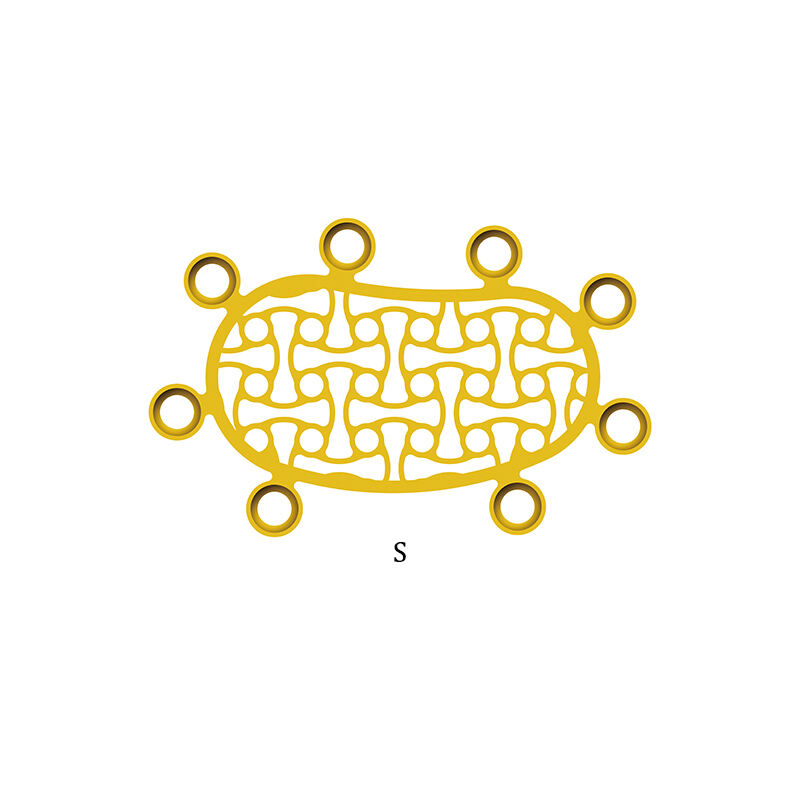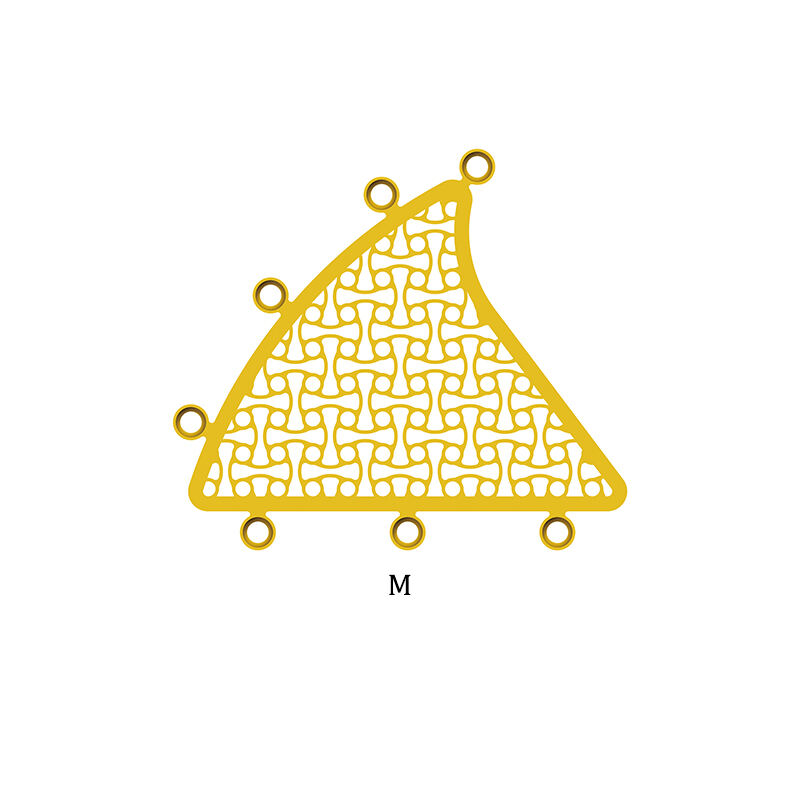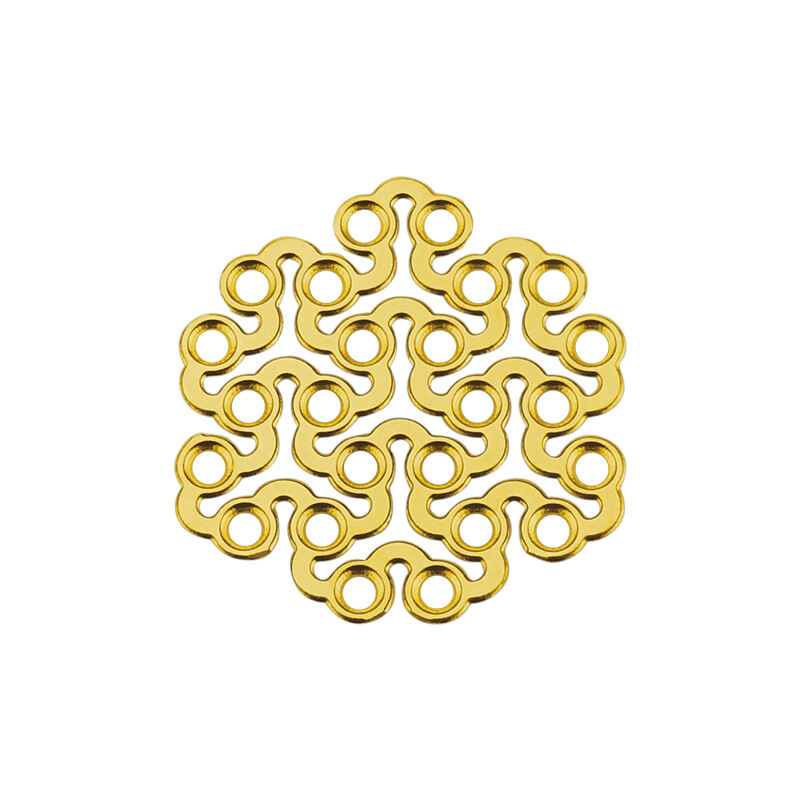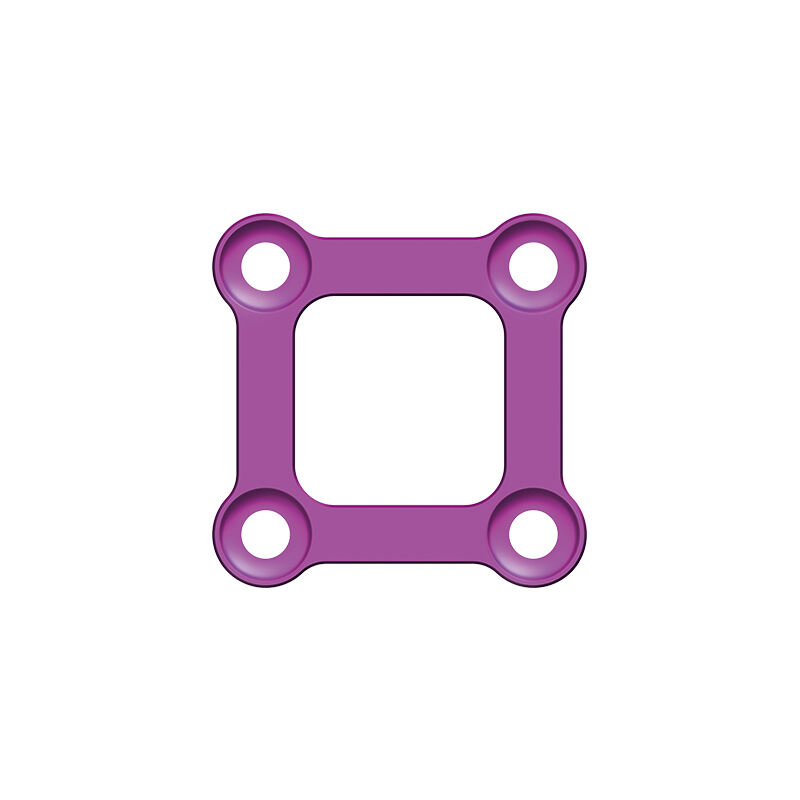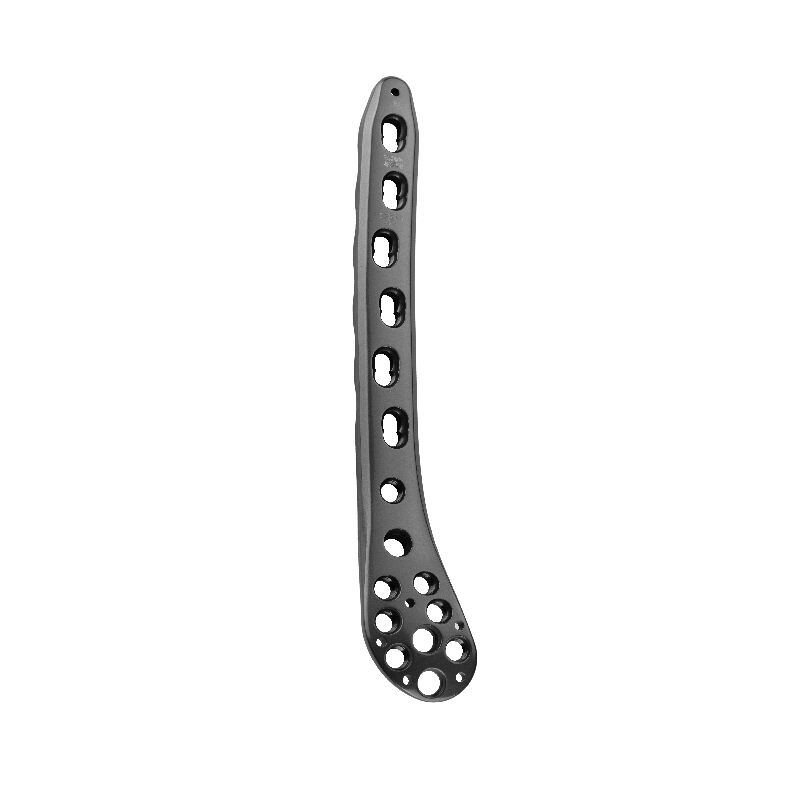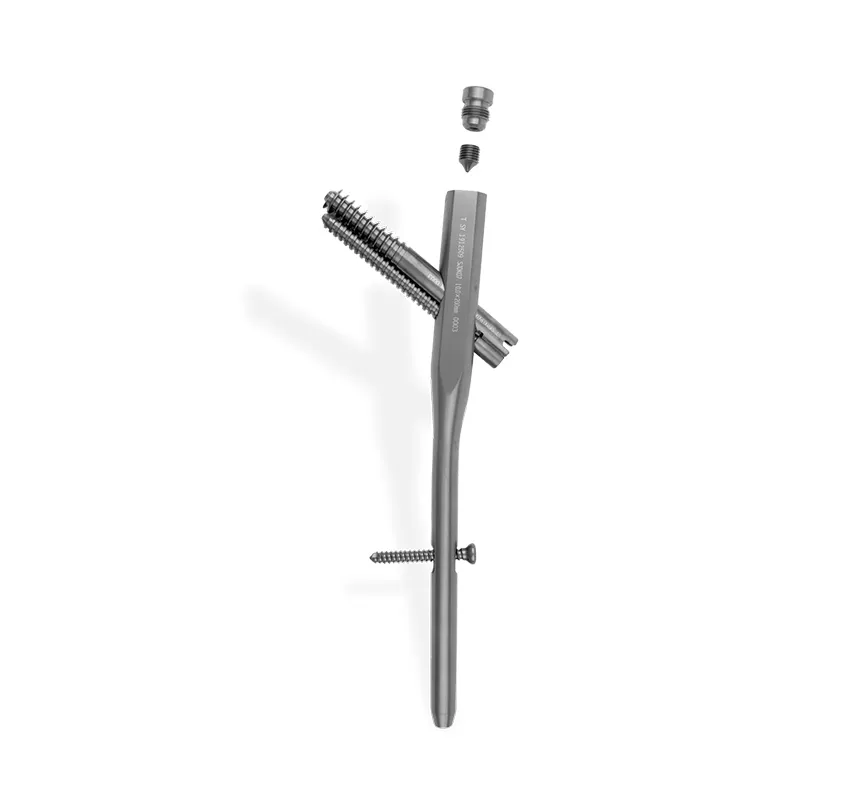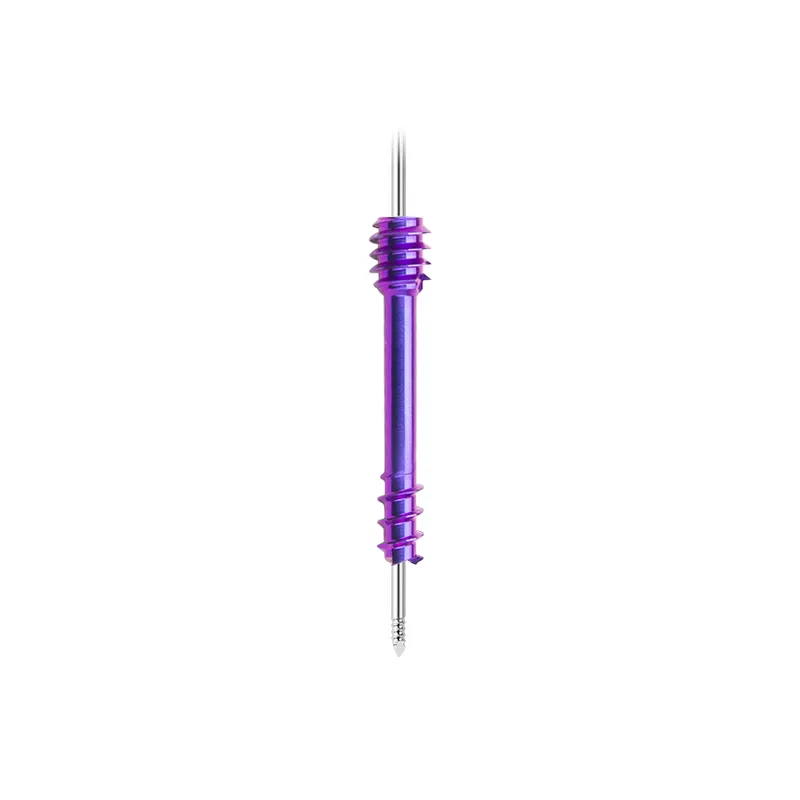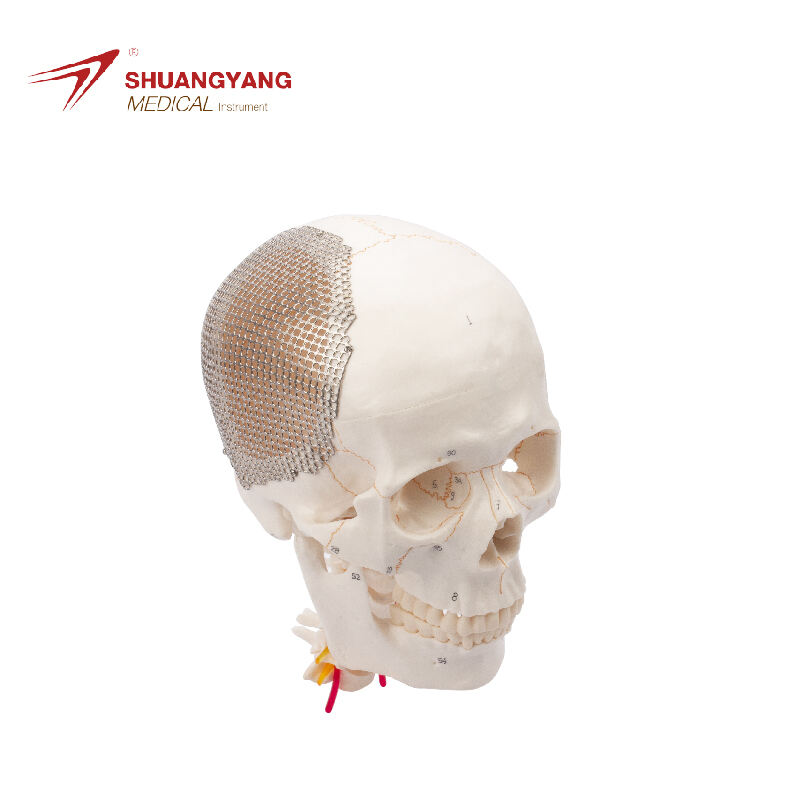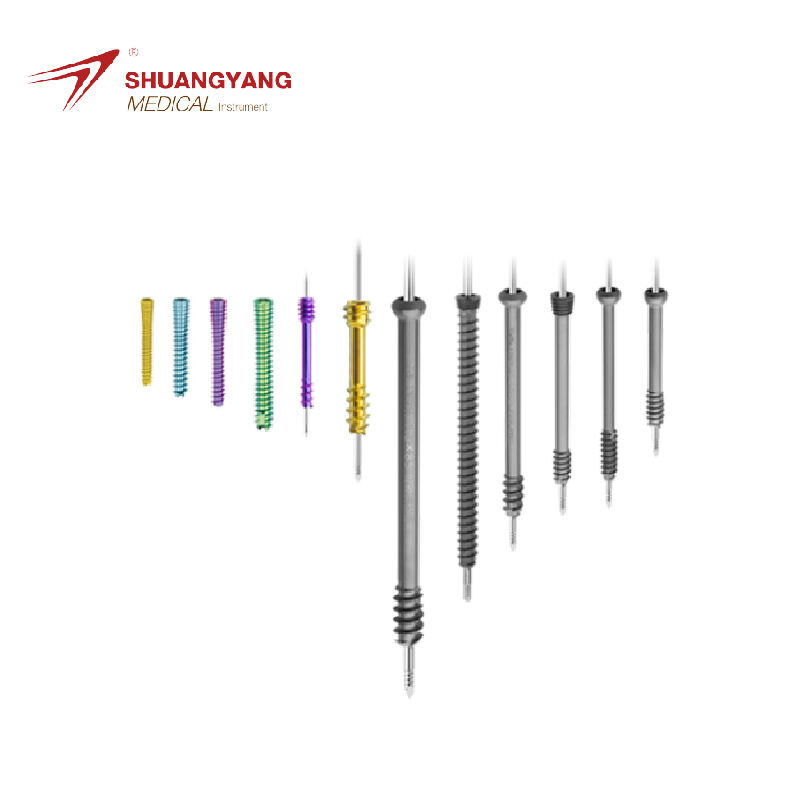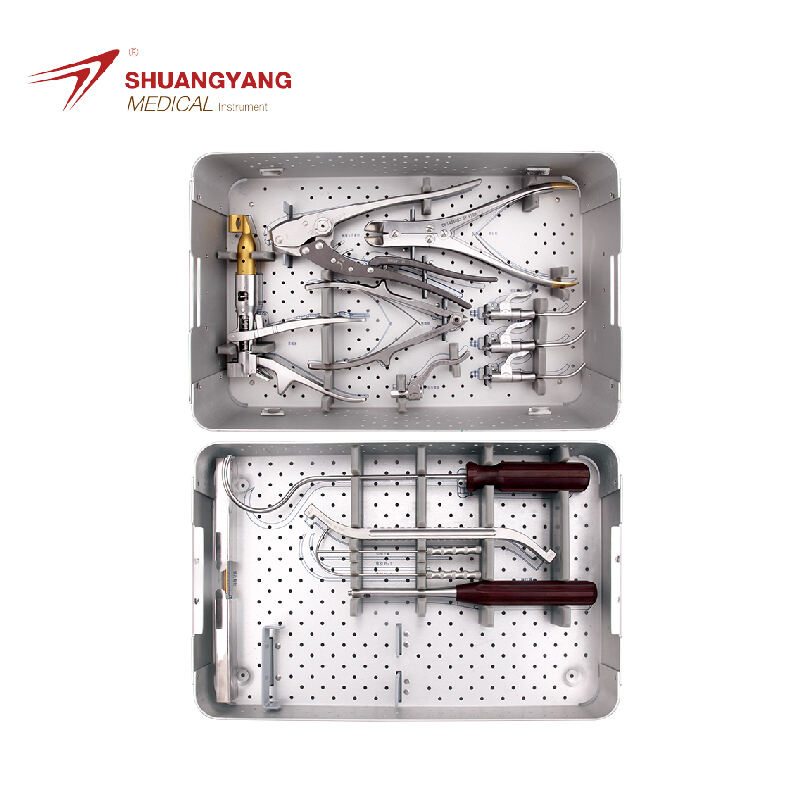proximal humerus plate
The proximal humerus plate is a revolutionary medical device designed for the fixation of proximal humerus fractures. This plate's main functions include stabilizing the fracture, facilitating bone healing, and restoring the natural anatomy of the humerus. Technological features of the plate encompass its low-profile design, which minimizes soft tissue irritation, and the use of biocompatible materials that reduce the risk of infection. Furthermore, the proximal humerus plate is equipped with screw holes that allow for angular stability, ensuring a secure and precise fit. Its applications are widespread in orthopedic surgeries, particularly for treating complex fractures in the elderly or patients with osteoporosis.
 EN
EN
 FR
FR
 ES
ES
 AR
AR

